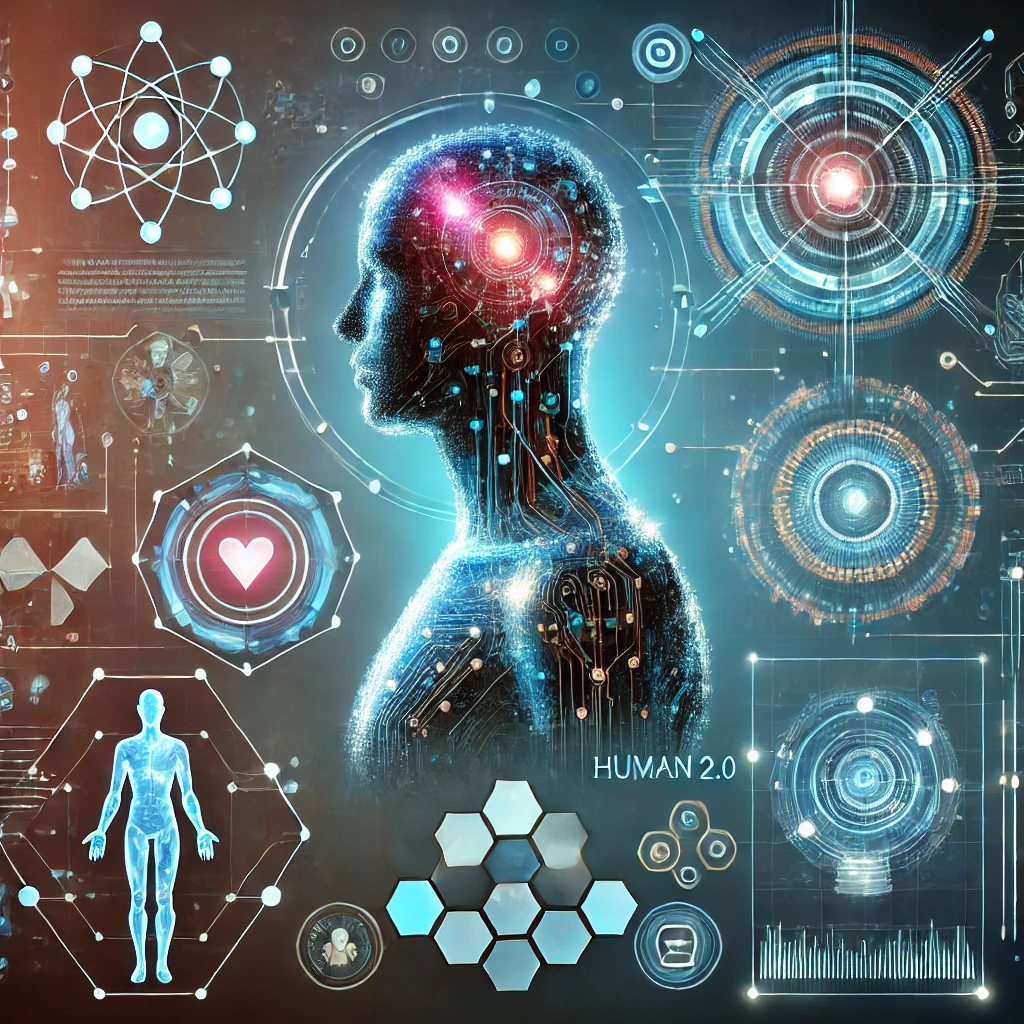
The Impact of Human Augmentation: Transforming Society with Human 2.0 Technologies
Understanding Human Augmentation
Human augmentation, often referred to as Human 2.0, represents the fusion of technology with the human body to enhance physical and cognitive abilities. This field encompasses a variety of technologies, including wearable devices, implantable technologies, and genetic modifications. As we stand on the brink of integrating these advancements into everyday life, the potential for societal transformation is immense.
The Evolution of Human Augmentation
Wearable Technologies
Wearable technologies like smartwatches and fitness trackers have already become mainstream, offering users enhanced capabilities such as health monitoring and real-time notifications. These devices are evolving rapidly, paving the way for more sophisticated wearables that can provide augmented sensory experiences and advanced health diagnostics.
Implantable Devices
Implantable devices delve deeper into the Human 2.0 narrative. Examples include cochlear implants for hearing-impaired individuals, retinal implants for vision restoration, and even neural implants that can potentially enhance cognitive functions. These devices are changing lives, offering new possibilities for those with disabilities and paving the way for a future where human limitations can be overcome through technological interventions.
Transforming Healthcare and Medicine
The healthcare sector is one of the most promising areas impacted by human augmentation. Personalized medicine, driven by genetic modifications and bioengineering, promises treatments tailored to individual genetic profiles, significantly increasing the effectiveness of medical interventions. Additionally, AI-powered diagnostic tools and robotic surgeries are reducing human errors and improving patient outcomes.
Enhanced Treatment Options
Human augmentation is not just limited to physical enhancements. Advanced prosthetics controlled by thought, exoskeletons that restore mobility to paraplegics, and biohacking techniques to extend longevity are some of the groundbreaking advancements transforming healthcare. These innovations are pushing the boundaries of what modern medicine can achieve.
Impact on Work and Productivity
Human augmentation technologies are also revolutionizing workplaces. With the advent of brain-machine interfaces, telepathy between devices and humans could soon become a reality. This could dramatically improve communication and efficiency, reducing the need for traditional input methods like typing or speaking.
Artificial Intelligence and Automation
The integration of AI with human augmentation might also blur the lines between human and machine tasks. Automated systems, augmented by human oversight, could handle more complex tasks, allowing workers to focus on strategic and creative responsibilities. This symbiotic relationship between humans and machines might lead to higher productivity and innovation across various sectors.
Social and Ethical Considerations
While the benefits of human augmentation are substantial, they come with significant social and ethical implications. Accessibility and equity are primary concerns, as these technologies might initially be available only to the affluent, exacerbating existing social inequalities.
Privacy and Security
There are also concerns about privacy and security. Implantable devices and brain-machine interfaces could be susceptible to hacking, posing risks to individual autonomy and security. Ethical frameworks and regulations must evolve to ensure that human augmentation technologies are developed and deployed responsibly.
The Future of Human Augmentation
Looking ahead, the potential of human augmentation is boundless. It promises to redefine what it means to be human, offering capabilities that were once considered science fiction. Collaboration between scientists, ethicists, and policymakers is essential to harness the full potential of these technologies while addressing the societal challenges they pose.